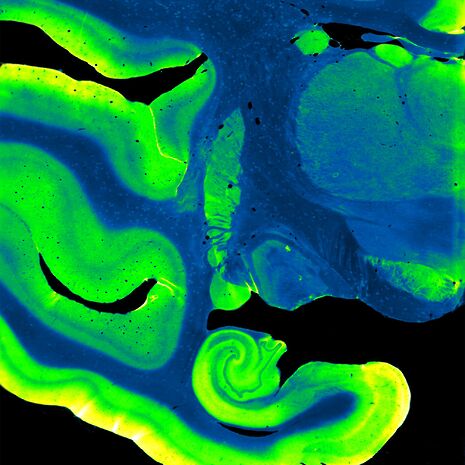The Parkinson’s disease protein unveiled
A new breakthrough in the understanding of alpha-synuclein offers a route to treatments for Parkinson’s disease

The protein known as alpha-synuclein is one of the key markers of Parkinson’s disease, and is well known to be involved in the development of the disease. Parkinson’s is characterised as a “protein misfolding” disease, which means that mutations in the protein structure can cause thread-like chains of alpha-synuclein to form. These clusters are toxic to the cells around them, causing degeneration.
Researchers at Cambridge and Imperial College London have examined the effects of this protein in healthy bodies. While the protein’s role in the onset of Parkinson’s is relatively well understood, this is the first study which has examined the effect of the un-mutated alpha-synuclein.
The study has shown the alpha-synuclein plays a key role in regulating the flow of synaptic vesicles. Synaptic vesicles play an important part in carrying the signals between nerve cells, which are carried across synapses. In the signalling process, a certain amount of vesicles move to the surface of the synapse, fuse with its membrane and release neurotransmitters across the connection.
According to Cambridge researcher Giuliana Fusco, the study for the first time “presents the mechanism” by which alpha-synuclein regulates this flow of synaptic vesicles. The study’s remarkable results show that alpha-synuclein contains two regions where it can bind to the synapse membrane, a feature by which it can control the number of neurotransmitters released. The alpha-synuclein essentially acts as a ‘shepherd’, controlling the number of vesicles involved in each neural transmission.
Experiments with the mutated form of the protein have shown that this mechanism is impaired in the mutated form. As one of the indicators of Parkinson’s disease is an excess of alpha-synuclein, it is possible that too much binding will take place such that no transmissions can be made. Effective connections between synapses would be decreased, thus leading to decreased brain function.
However, this is far from the end of the story. Dr Alfonso de Simone, one of the study’s lead authors from Imperial, stressed that, while the disease’s origins could be “multiple”, we have at least “made a step forward in understanding what is going on”.
 News / Proposals to alleviate ‘culture of overwork’ passed by University’s governing body2 May 2025
News / Proposals to alleviate ‘culture of overwork’ passed by University’s governing body2 May 2025 Lifestyle / A beginners’ guide to C-Sunday1 May 2025
Lifestyle / A beginners’ guide to C-Sunday1 May 2025 News / Harvey’s Coffee House confirms closure1 May 2025
News / Harvey’s Coffee House confirms closure1 May 2025 News / Climate activists protest Downing art exhibition1 May 2025
News / Climate activists protest Downing art exhibition1 May 2025 Comment / How colleges shape the way we see the world30 April 2025
Comment / How colleges shape the way we see the world30 April 2025





